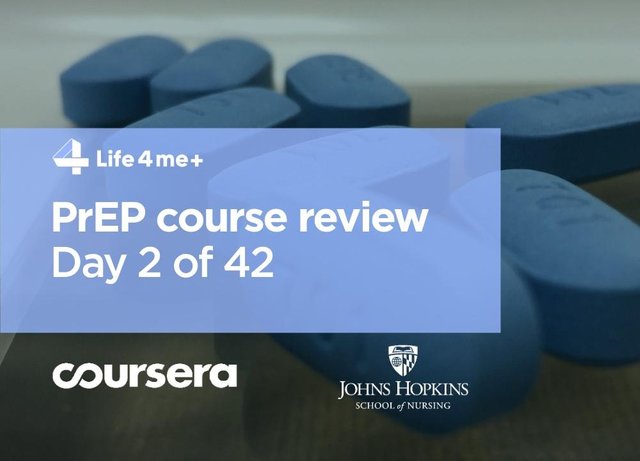
Let’s start with terms — PrEP and PEP.
PrEP means Pre-Exposure Prophylaxis, and it’s a new method if HIV prevention when an everyday use of anti-HIV medication keeps HIV-negative people from becoming infected.
PrEP differs from PEP. Post-Exposure Prophylaxis (PEP) prevents HIV infection after getting into contact with HIV. PEP is an emergency procedure that can stop HIV infection if the pill is taken as soon as possible, but not greater than 72 hours after coming in contact (or potential contact) with HIV.
So PrEP is a continuous «shield» against HIV transmission into your body and PEP is an emergency medicine if you have gotten risky contact.
Demetre Daskalakis, the Assistant Commissioner for the Bureau of HIV/ AIDS Prevention and Control in the New York City Department, spoke with a lecture «Is PrEP Right for Me?»
Dr. Daskalakis told about how PrEP stops virus replication and consists all the same medications, HIV-positive people should take daily. Presently only one drug is officially allowed for PrEP — emtricitabine and tenofovir combination named ’Truvada.’ It only works if medication’s concentration in one’s blood is enough to suppress virus replication in case of contact with body liquids or blood containing HIV.
That means that to make PrEP prevention work, you should start drug intake beforehand, but not in a time when your risky contact happens. The course is prescribed and controlled by a doctor after he checks if you are HIV-negative and your liver and kidneys functioning well. Truvada has a minimum liver and kidneys damage risk.
Let me add a quote from AFEW International official site:
«PrEP is the first method of HIV prevention that is directly under the control of the at-risk individual. This is in contrast with treatment as prevention (TasP), which is dependent upon partners’ HIV treatment adherence to ensure suppressed viral load. Besides, because PrEP separates the act of prevention from the sexual encounter, it can be used without sexual partners knowing and provides additional protection when condoms are not used consistently.
The World Health Organization now recommends that PrEP should be offered as a choice to key populations affected by HIV as well as to anyone else at substantial risk of HIV infection.»
Who pays for PrEP?
In the majority of countries, people have to pay for PrEP ourselves. In 20 countries PrEP is available for those who is in a high-risk of getting HIV group and have medical insurance.
If you’d like to learn more about PrEP, feel free to follow the link https://www.coursera.org/learn/prep
Tomorrow, in the second lection, I will tell you about the meaning of PrEP for healthcare providers and the way PrEP helps to reduce HIV-infection spread.
Stay in touch!
P. S. The original article was posted on the Life4me+ mobile app for HIV-positive persons blog.